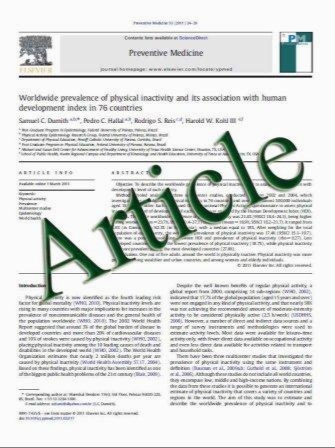Waffle-cone technique with Solitaire™ AB Remodeling Device: endovascular treatment of highly selected complex cerebral aneurysms
- نوع فایل : کتاب
- زبان : انگلیسی
- مؤلف : Vojtech Sychra & Joachim Klisch & Maren Werner & Christian Dettenborn & Alexander Petrovitch & Christoph Strasilla & Rüdiger Gerlach & Steffen Rosahl
- چاپ و سال / کشور: 2010
Description
Introduction To evaluate patients with complex aneurysms who underwent waffle-cone stent-assisted coil embolization. Methods From February 2008 to February 2010, consecutive data were collected from 80 patients with aneurysms treated with the Solitaire™ AB Remodeling Device followed by a standard coiling procedure using bare or/ and bioactive coils. Six of these patients were treated using the “waffle-cone-technique” placing the distal end of a stent directly into the base of a bifurcation aneurysm and coiling through the expanded and cone-shaped distal end of the stent allowing for preservation of parent artery patency. The aneurysms were located at the P3 segment of the posterior cerebral artery (n=1), the middle cerebral artery bifurcation (n=1), the basilar tip (n=2), and the AComAnt (n=2). Four patients underwent follow-up (2–7 months, mean 4.5 months). Results Waffle-cone positioning of the Solitaire™ AB Remodeling Device was obtained in all cases without technical problems. No permanent procedural morbidity was observed. In all patients, a Raymond class 2 occlusion was obtained and five patients left the hospital with a good clinical status (mRS0 n=3, mRS1 n=1) or no new neurologic deficits (mRS4 n=1). One patient with SAH III died due to severe vasospasms. Due to major recanalization during follow-up, retreatment was necessary or is planned in four cases; one asymptomatic intimal hyperplasia was observed 8 weeks after initial treatment. Conclusion The waffle-cone technique may enhance the possibilities of the endovascular treatment of these complex aneurysms. Due to the high rate of recanalization requiring endovascular retreatment, stringent angiographic and clinical follow-up is warranted.
Neuroradiology DOI 10.1007/s00234-010-0766-6 Received: 16 April 2010 / Accepted: 19 August 2010


